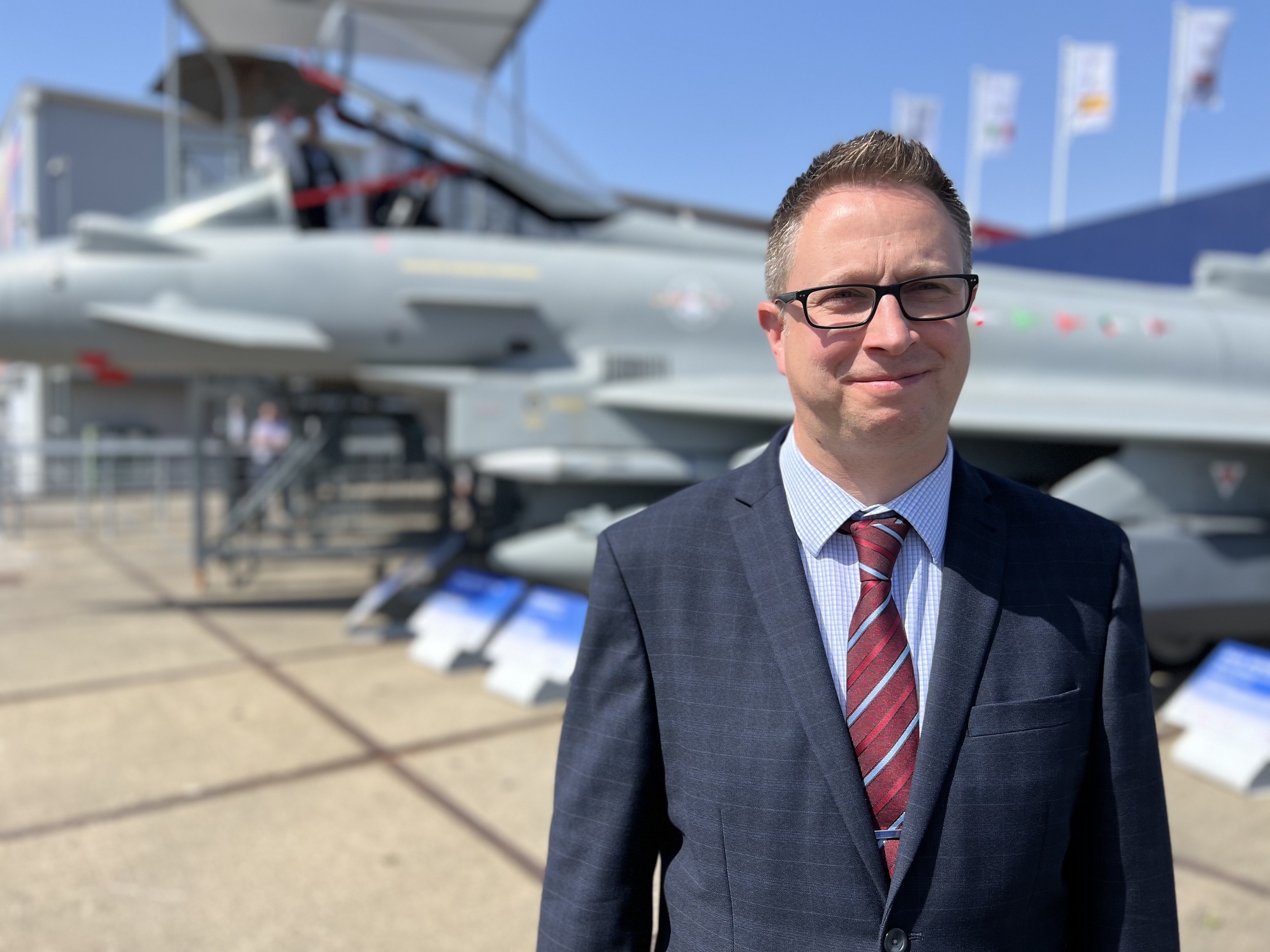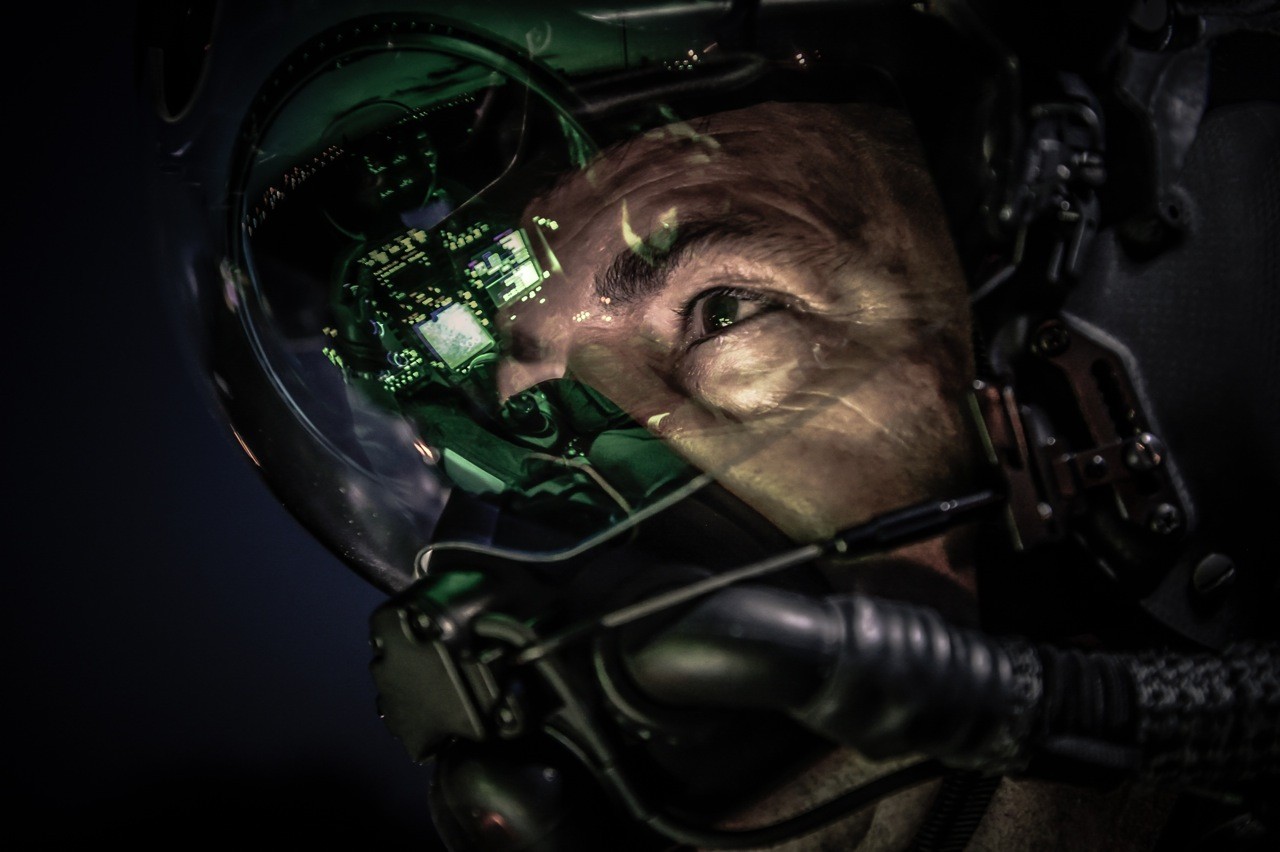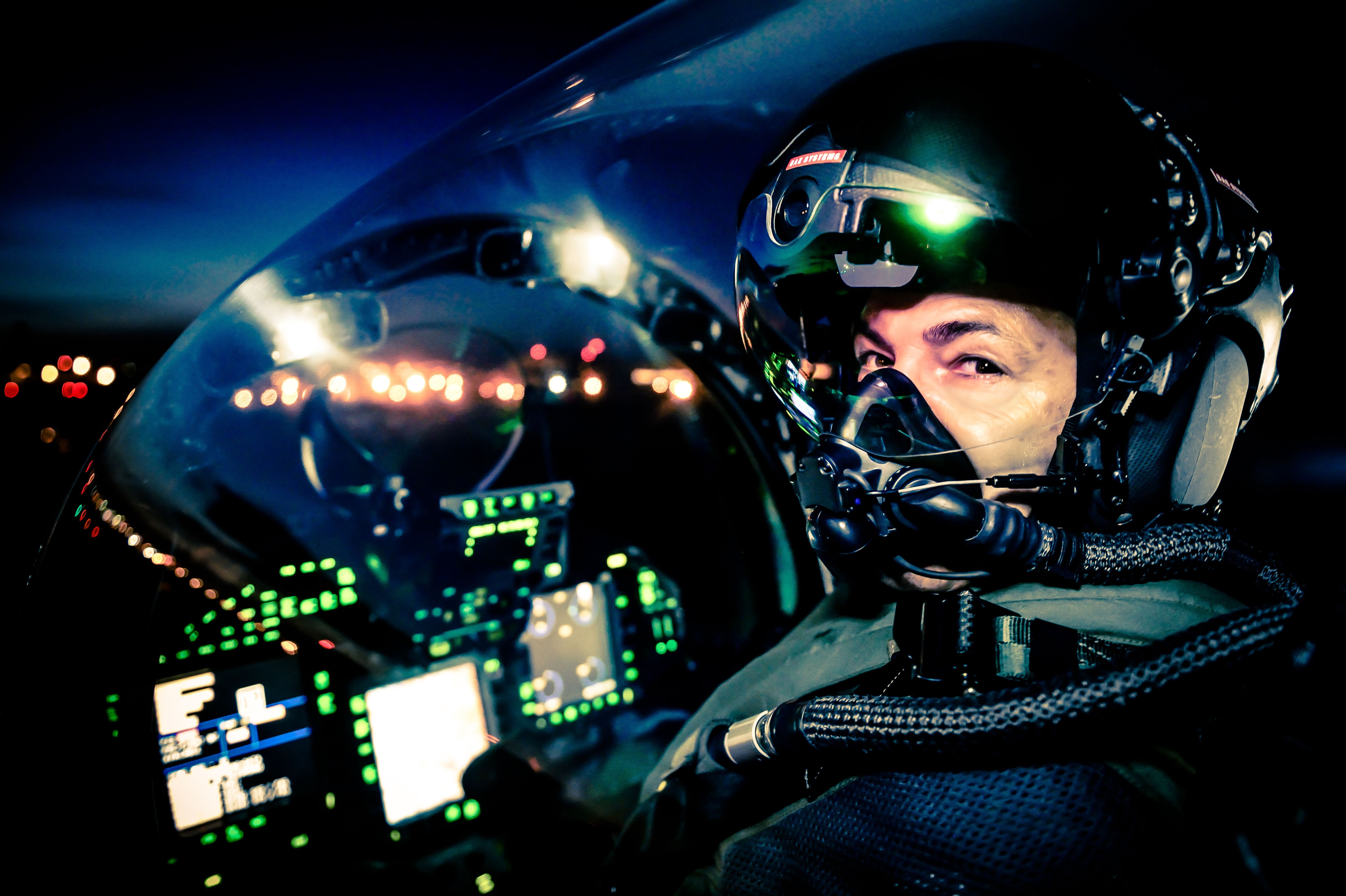What first attracted you to the industry?
Growing up I had an interest in electronics and was always buying kits to build different things. Even at the age of seven, if the TV or stereo broke, I would get the screwdrivers out and try to figure out how they worked. Then, later, I studied electronics at A-level.
I grew up close to the Rochester site in Kent and was always aware of its presence because it's one of the largest engineering employers in area. I knew it was a centre of excellence for Avionics and Head Up Displays and, when I considered my options at 18, it just seemed an ideal fit for me. By the age of 20, I was the youngest engineer in the company.
Although I had some knowledge of the business before I joined, I was not aware of the diversity of activity at Rochester. We have diversified even more recently, and the range now includes products like hybrid power systems for buses.
Tell us about your early career?
I joined the business as a technical apprentice — a hardware engineer — at Rochester about 25 years ago. After my apprenticeship I worked on several products, including Active Control Sticks during the JSF competition, then the air data system on the Typhoon, before eventually finding my way into the Helmet Mounted Display team.
My first role on that was working on the Jaguar helmet, where I supported the entry into service production transition. During this phase I spent a lot of time supporting the front line who were doing updates on the jet, as well as working directly with the pilots.
Once I started interacting with a customer and got to see the whole life cycle of the products, I found a different career path. By then I felt I had progressed as far as I could as a designer.
My early career has been a good foundation for my current role. For example, as an engineer I worked on Striker I, which today helps me understand some of the engineering challenges that we have to go through. Then, after I transitioned from engineering into project management, I managed the very first digital helmet development. I got a BAE Systems’ Chairman’s Gold Award for the first time we flew a digital helmet with the sort of head tracker that we have got today. It was a precursor to Striker II. Later, when Striker II was first conceived, I was the head of programmes.

Fast forward now to your current role?
I have been the Product Director for five years. When I was an engineer and starting in the Helmet Mounted Display (HMD) team, it was a role I was always interested in. As my career progressed, I worked out that I was better at leading teams, dealing with customers, and at stakeholder management, than I was ever going to be as an engineer. Even though I had reached the level of a senior engineer I felt my skills were better suited to programme management. So, I did another apprenticeship in project management, then went from being an assistant project manager, to project manager, then head of programmes before becoming director.
What lies behind the job title?
I have purview over everything we do, not just on the Striker II helmet, but everything around HMD technology. It includes all our future planning and dealing with our customers. I really enjoy it.
What are the challenges?
It’s a world I’ve worked in for more than 20 years but the thing I really like is the challenge. There is nothing else like the HMD arena, it is such a complex, challenging environment. It involves the electronics in the black box, the optical and mechanical design, as well as a host of safety considerations. Then there are all the subjective issues like ‘how does it feel?’ and ‘how does it operate?’ On top of all of that you also have to factor in the accuracy requirements that pilots need.
It’s one thing to do a PowerPoint demonstration, which says you can have this, but to then get that innovation through the rigorous test regime that we have in helmets is really hard. You need to go through high-speed ejection, wind blast and impact requirements, and so on, which is all really challenging. In fact, it's always challenging, and the technology is always moving on. That is what gets me out of bed in the morning.
What’s the current status of Striker II?
We have continued to innovate since it was launched. Although it's been ready to go as a concept for some time, we have continued to advance several areas. For example, we've completely changed the display engine to improve the brightness, contrast, and introduce colour to make it better than anything else we’ve ever seen.
We've also improved the night vision camera — the way it operates and the processing behind it — to make sure that there's no latency. We are right at the sweet spot with Striker II now. By consistently evolving things, we are at the pinnacle of what is capable with today’s technology.

How does it feel to be part of the wider Eurofighter family?
I get a massive sense of satisfaction from it. I like going to the air shows with my family, and seeing Typhoon flying makes me proud. When I get the chance to talk to pilots about the helmet that’s great, because they tell me how they use it, how it changes and enhances the way they operate and how it reduces their risks. I feel that what I do really makes a difference.

What does a typical day look like?
It's very varied. I can go from working through design challenges with the engineering team, through to contractual aspects or directly dealing with the customer and understanding their needs. Although we do all of the design and all the final assembly of both the Striker and Striker II at Rochester we have a varied supply chain in the UK and further afield. So, I spend a lot of time talking to our partners and managing what they're up to. And then there’s playing a part in developing our overall programme strategy.
How do you achieve a work life balance?
Away from work, family life takes up the majority of my time — I’m married with two young daughters. My hobby is car collecting. I have a Lotus and an Aston Martin and I like to tinker with them more than I actually drive them. I can lose myself in the garage just doing a different type of engineering for my own pleasure.
